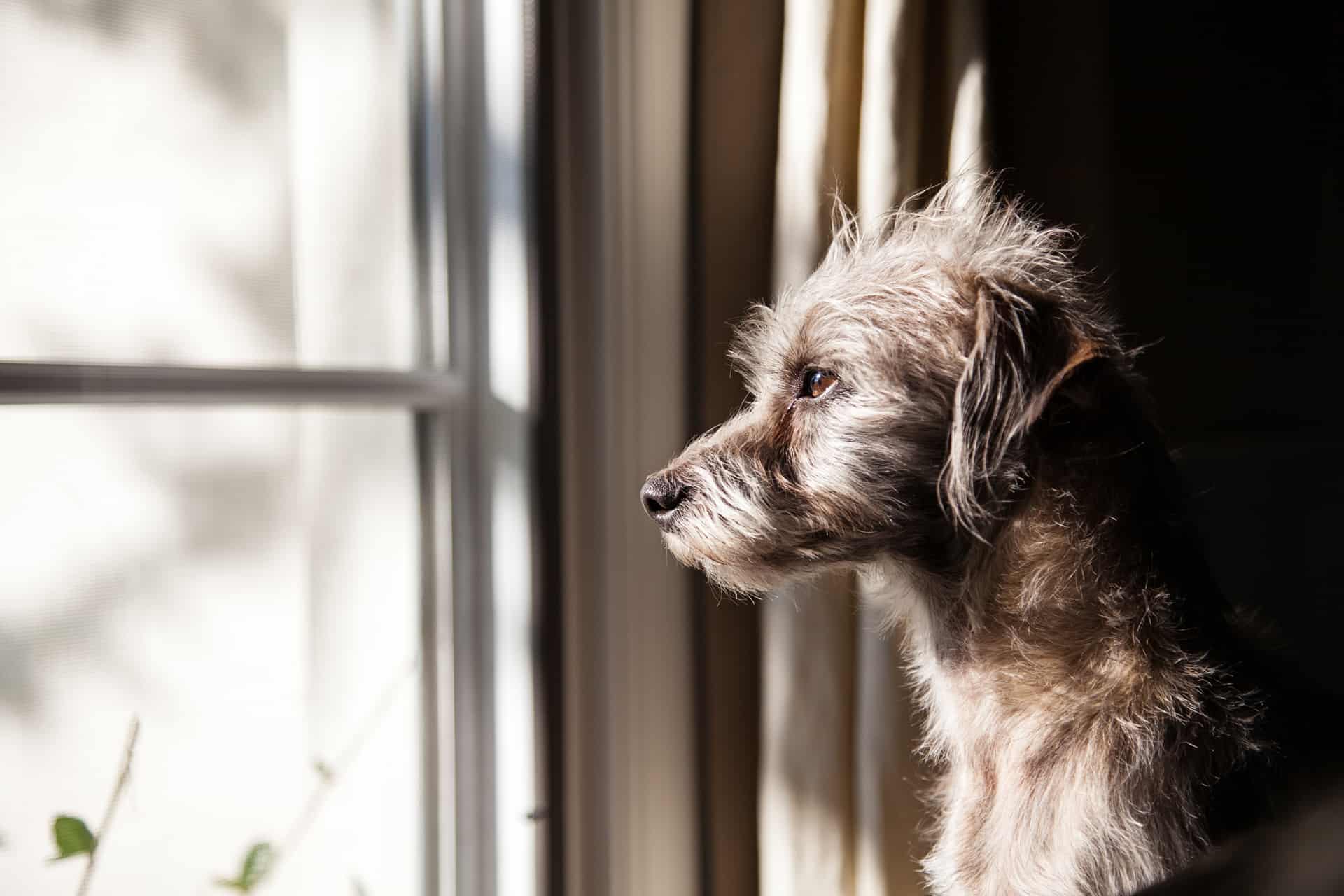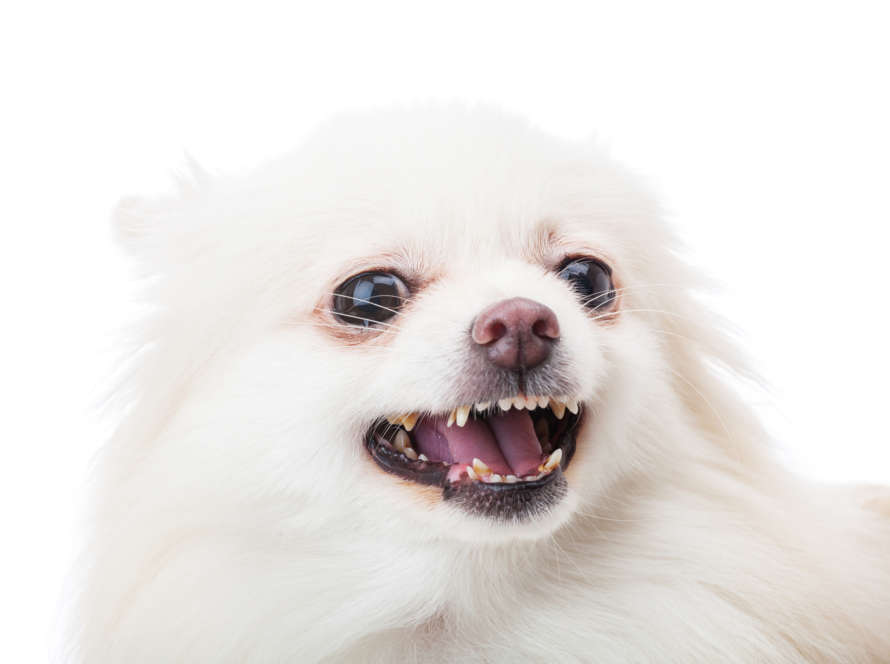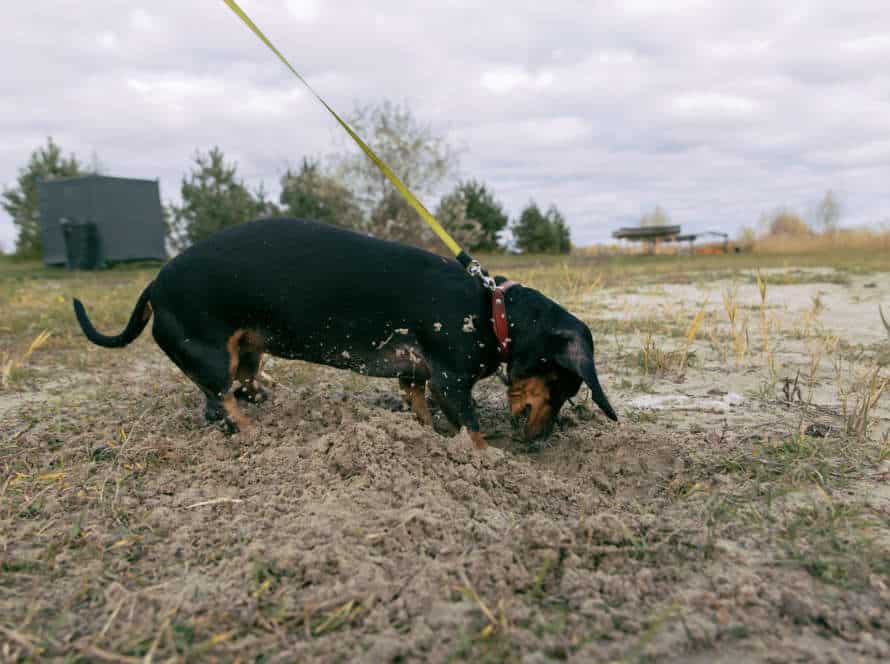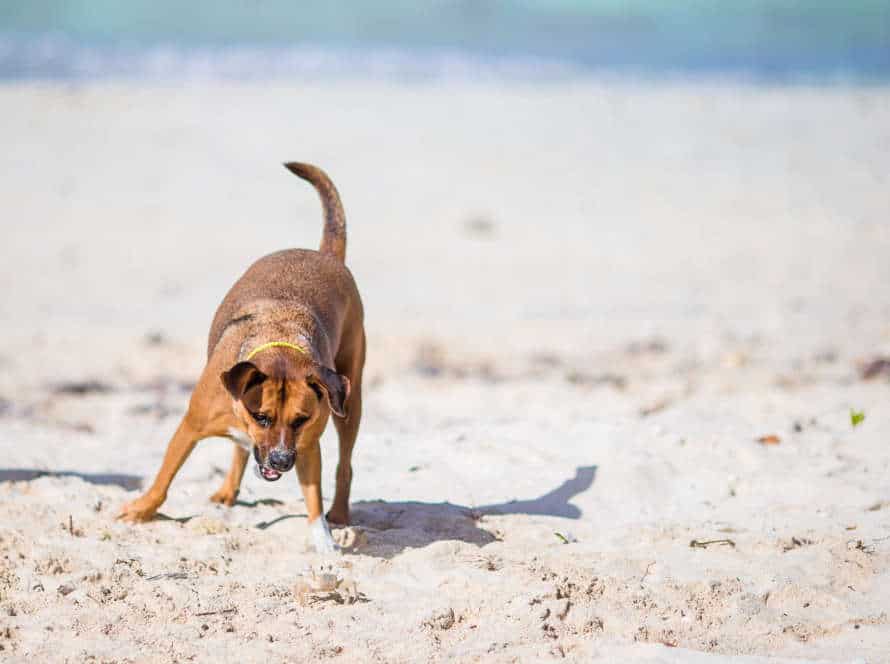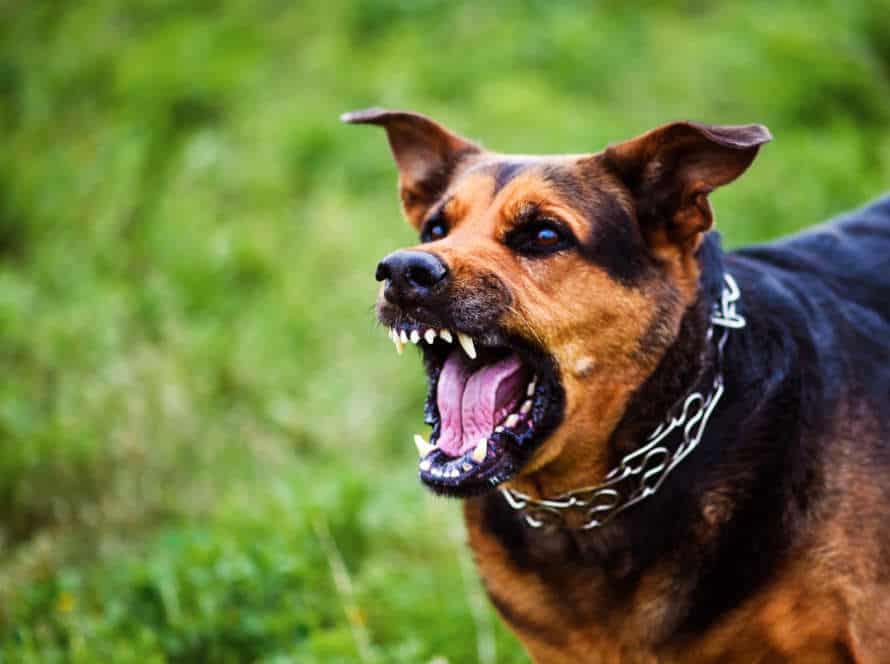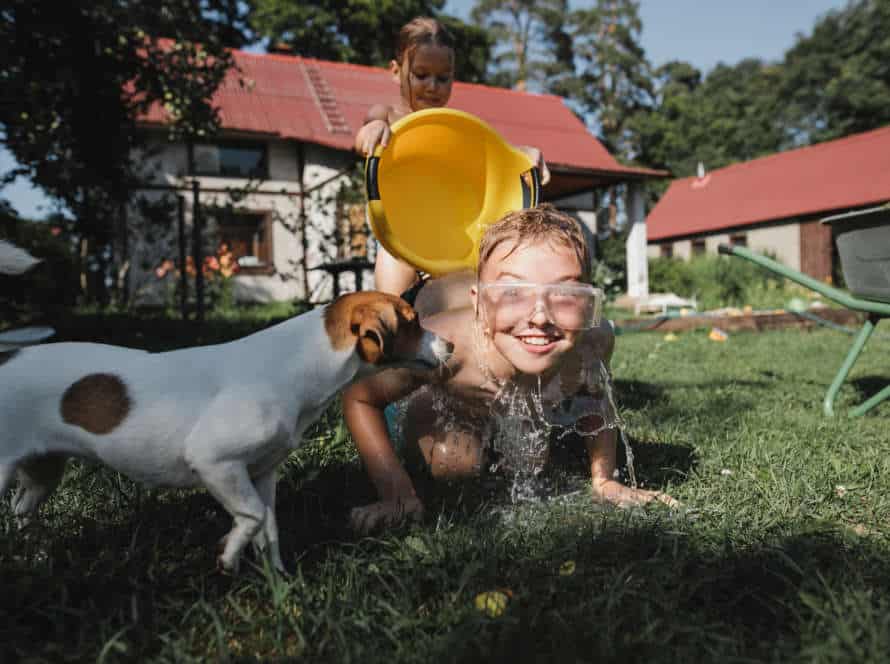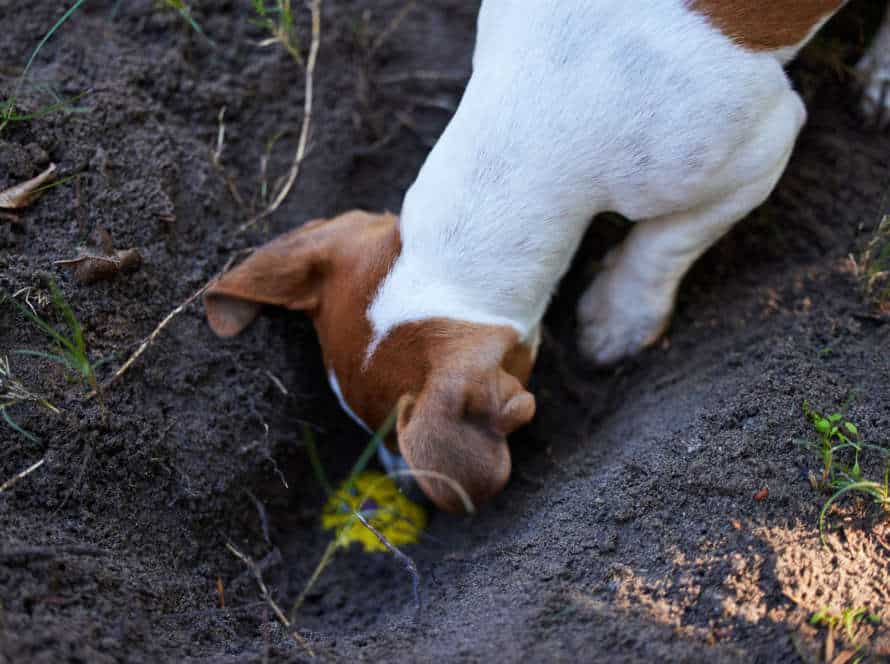The Role of Routine in Managing Separation Anxiety
Routine is important for managing separation anxiety in kids and animals. Here’s the plan:
- Begin with short separations and increase the time apart steadily.
- Make the environment peaceful with familiar aromas, items, and noises.
- Develop a routine of predictable activities before leaving, such as a walk or playtime, followed by an encouraging farewell.
- Upon returning, greet your child or pet nonchalantly, without too much fanfare.
A routine offers a sense of security and predictability which can reduce stress and make leaving easier. By adhering to a consistent routine, both you and your kid or pet will be able to form methods of coping, making the separation process less stressful.
Understanding separation anxiety
Separation anxiety is a complex emotion that humans of all ages feel when they are away from someone or something they are attached to. It can be normal, but if it continues, it can be very disruptive and cause psychological issues.
In this article, we’ll explore how understanding and sticking to a daily routine can help manage separation anxiety.
What is separation anxiety?
Separation anxiety is an issue. It causes a person to be overly anxious when away from a loved one or a familiar place. It can happen to people of all ages – babies, children, and adults alike. Physically, it can show up as trembling, chest pain, and nausea. Emotionally, it can include intense fear, mood swings, and panic attacks.
Establishing a daily routine is a must for managing separation anxiety. Having a reliable schedule creates a sense of security and comfort, which makes it easier for folks to cope with being separated. Plus, having a consistent mealtime, exercise, and sleep schedule can help reduce stress and reduce the chance of separation anxiety. Lastly, finding safe and healthy ways to stay connected with a beloved or familiar environment can help ease the distress experienced when away.
Common symptoms
Do you have a pup with separation anxiety? Typical signs are: wrecking stuff, whining/barking, chewing/clawing, trying to escape, pacing and drooling.
To better manage this, you’ll need to form a routine. Increase the time away from your dog step by step. Have a consistent feeding, exercising and playtime routine. Give them blankets and toys for comfort. Crate training could be useful too.
For extra help, speak to an experienced dog trainer or vet.
Causes of separation anxiety in dogs
Separation anxiety in dogs is common. Causes may be environmental, genetic, or a mix of both. Poor training, changes in routine or environment, and insufficient socialization can be triggers. Past trauma, medical conditions, and reinforcement of clingy behaviors may also be factors.
Identifying the cause is key to managing it. Establishing a routine is important. Dogs who rely on routine are less likely to stress when left alone. Exercise and mental stimulation throughout the day, as well as gradually increasing alone time, can desensitize them to your absence.
Pro tip: Ask a vet or animal behaviorist for help with a personalized plan!
The importance of routine
Establishing routine is vital for controlling separation anxiety. It can reduce stress and tension in kids. It offers a feeling of comfort and stability, enabling youngsters to foresee the day’s events and comprehend their parent’s part in providing caring and secure guardianship. This article investigates the significance of routine and how it can be used to manage separation anxiety.
How routine can help manage separation anxiety
Routine is important for managing pet separation anxiety. It gives pets a sense of stability and predictability, which can help reduce stress. A good routine is comforting and reassuring. Here are tips for setting up a routine:
- Set regular feeding and exercise times.
- Make a specific area for their bed/crate.
- Use the same vocal cue when leaving and returning.
- Practice leaving for longer periods gradually.
By creating a consistent routine for your pet, you can help reduce their anxiety and make them feel safe when you’re gone. Plus, try playing soothing music or giving them a treat-dispensing toy to help them relax.
Steps to establish a routine
Creating a routine is important to cope with separation anxiety. Here’s how:
- Plan ahead & set times for meals, exercise, play, rest, & training.
- Be consistent with the schedule daily, as dogs love predictability & structure.
- Little by little, increase the duration of being apart & practice leaving & coming back multiple times a day.
- Use positive reinforcement & reward your dog for being calm while you’re away.
- Cut back the frequency & length of rewards as your dog learns to manage his anxiety.
- Be patient & consistent, as it takes time & effort to create a routine, but it’s worth it in the end!
Benefits of having a routine
Creating and adhering to a routine has multiple advantages. These include decreased stress and anxiety, increased productivity and focus, and improved overall wellbeing. Dealing with separation anxiety, a routine can be an effective way to both reduce and avoid indications.
A fixed routine provides a sense of steadiness and predictability, especially for folks struggling with separation anxiety. Being aware of what to anticipate and when can lower sensations of insecurity and fear.
What’s more, a routine can help distract from anxious thoughts and create a sense of command over one’s environment. By concentrating on and dedicating to a specific agenda, people can feel more secure and less overwhelmed by their emotions.
Pro Tip: When making a routine, make sure to include self-care activities like exercise, meditation, or hobbies. These will not just enhance mental health but also make sticking to the routine more enjoyable and gratifying.
Creating a separation routine
Routine is a great way to deal with separation anxiety in kids. A consistent, predictable routine is key in allowing a child to be secure and sure when their parents aren’t around. Having a separation routine is important for helping children handle their anxiety. Let’s explore ways to make a successful routine.
Identifying triggers
Uncovering triggers is essential for managing separation anxiety in both dogs and people. First, carefully watch your pup or yourself to spot behavior patterns that happen when you separate. These could be cues like picking up keys, slipping on shoes, or grabbing a leash. Once you recognize the triggers, begin creating a separation routine to ease the anxiety. This could include small activities such as leaving for a short time, gradually increasing the duration, and practicing coming and going many times a day. Keeping a consistent and relaxed atmosphere during arrivals and departures can also help. Remember that separation anxiety is tough for both dog and owner. However, with patience and a regular routine, it can be overcome.
Gradual desensitization to separation
To manage separation anxiety, create a routine. It should include getting used to being apart from your loved one. Here’s what to do:
- Say goodbye calmly and reassuringly.
- Start with short separations. Increase the time apart as they get more comfortable.
- Give them a comfort item, like a blanket or stuffed animal.
- Practice relaxing activities, like deep breathing or visualizing.
Pro Tip: Praise and reward them for successful separations. Be patient and understanding.
Training exercises to promote independence
Create a routine to help your pet become more independent and reduce separation anxiety. Here’s how:
- Start slow. Begin by leaving them in a separate room for a little while.
- Desensitize them. Walk out of the room, returning after a few seconds. Increase the time gradually.
- Reward good behaviour. Give treats or toys when they’re behaving well. This will make them feel more secure.
- Increase the challenge. Once they’re comfortable with short periods of separation, try longer ones.
- Be consistent. Stick to the routine to make them feel secure.
Patience and persistence are key. With regular practice and rewards, your pet will manage separation anxiety.
Other strategies for managing separation anxiety
Separation anxiety is a usual thing that kids and animals may have in some moments. To better manage this, creating a routine is great. But there are other ways too! Here are some of them:
Environmental enrichment
Environmental enrichment can help manage separation anxiety in pets. Stimulating the environment lowers boredom and stress when you’re away. Here are techniques to enrich your pet’s environment:
- Food puzzles – Keeps them active and thinking.
- Interactive toys – They need to participate.
- Treat-dispensing toys – Filled with goodies for distraction.
- Comforting space – Create a safe area with familiar things.
- Daily routine – Helps them anticipate when you leave.
Using calming aids
Calming aids can be useful for managing pet separation anxiety, but use them with other techniques. Don’t rely on them as the only solution. Here are some calming aids to consider:
- Calming pheromones. Sprays, diffusers, and collars contain these pheromones which mimic a mother’s scent. This helps soothe anxious pets.
- Thundershirt. This snug-fitting shirt applies gentle pressure. It’s like swaddling a baby and has a calming effect.
- Natural supplements. Chamomile and valerian root may help calm anxious pets. But, consult with a vet before giving them to your pet.
Remember, these aids are just part of the solution. Have a consistent routine and gradually desensitize your pet to separation too.
Behavior modification
Behavior modification is a great way to manage separation anxiety in dogs. It gradually acclimates them to being alone through training exercises.
In addition, having a routine for your pup can help too. It brings security and predictability, reducing anxiety and stress.
Here are some tips for establishing a routine:
- Set meal times and stay consistent.
- Walk, play, or do other activities regularly.
- Make a daily schedule including times for training, play, rest, and socialization.
- Use calming activities, like grooming or massaging, to create a calming pre-departure routine.
Providing structure and predictability can reduce anxiety and make it easier to be alone. Remember to be patient and consistent – it may take time for your pup to adjust.
The role of professional help
Taking action against separation anxiety? Professional support can help! Therapists and counselors can provide the right tools. This can equip your child with new ways to cope. Such skills can help them manage their emotions and actions related to separation anxiety.
Let’s explore how professional help can assist in managing separation anxiety.
When to seek professional help
It may be wise to get professional help to handle your or a loved one’s separation anxiety. If it affects your daily life, you must seek out help. When to get help?
Here’s a few examples:
- Separation anxiety disrupts your daily routine.
- Feeling anxious, distressed, or overwhelmed when apart from someone or pet.
- Separation anxiety affects work/school performance.
- Panic attacks, depression, or other mental health issues.
A mental health expert can assist you with ways to manage symptoms, and increase your life quality. Don’t wait to get help if you need it.
Working with a veterinarian or veterinary behaviorist
It is crucial to work with a vet or veterinary behaviorist when managing separation anxiety in pets. These professionals help to diagnose the issue, suggest changes to behavior, and prescribe meds if needed.
Routine is also necessary.
Vets or behaviorists will check the pet’s health to rule out medical issues. Then they will observe behavior and suggest a management plan. This includes gradually making pet used to being alone.
Consistency is important when following routine. Pets love predictability, so providing exercise, toys, and a safe space while they are alone helps to reduce anxiety.
It is helpful to join support groups and educate yourself on separation anxiety. With patience and support, it can be managed.
Pro Tip: Separation anxiety may be caused by medical conditions, so it’s vital to check for this.
The benefits of a professional approach
When it comes to managing separation anxiety in your furry companion, a professional approach is crucial. Professional trainers and animal behaviorists know and understand the cause of the anxiety and create a custom treatment plan. They also provide you with resources and tools to prevent or address the issue.
Having a consistent routine helps too. Keeping the same feeding, sleeping, and exercising schedule can give your pet a sense of security. Making a pre-departure routine, like taking a walk or playing a game, can reduce their anxiety when you leave.
Pro Tip: Get professional help early. This proactive approach keeps your pet’s wellbeing and your bond intact, and avoids emotional stress.
Frequently Asked Questions
Q: What is separation anxiety in dogs?
A: Separation anxiety is a condition where a dog experiences intense anxiety when separated from their owner or primary caregiver.
Q: How can routine help manage separation anxiety in dogs?
A: Establishing a consistent routine can help provide a sense of structure and security for dogs with separation anxiety, which can reduce their anxiety levels and make them feel more comfortable when left alone.
Q: What should be included in a routine for a dog with separation anxiety?
A: A routine for a dog with separation anxiety should include predictable activities, such as regular feeding times, exercise, playtime, and a consistent departure and return routine.
Q: How long does it typically take for a routine to help manage separation anxiety in dogs?
A: It can take several weeks to several months for a routine to help manage separation anxiety in dogs. Patience and consistency are key.
Q: Can medication be used in conjunction with a routine to manage separation anxiety in dogs?
A: Yes, medication can be used in conjunction with a routine to manage separation anxiety in dogs. A veterinarian can advise on the best course of treatment for each individual dog.
Q: What can I do if my dog’s separation anxiety does not improve with a routine and/or medication?
A: If a dog’s separation anxiety does not improve with a routine and/or medication, it is important to seek the advice of a professional dog trainer or behaviorist to develop a customized treatment plan.

